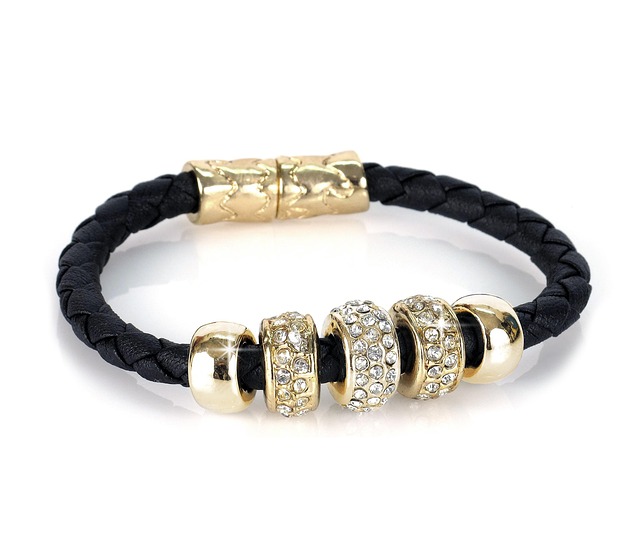Sustainable Material Choices and Responsible Sourcing Explained
This article outlines sustainable material choices and responsible sourcing for wristwear, explaining how materials, metals, leather, and beads affect durability, allergy risk, maintenance, and styling. Practical tips cover sizing, closures, cleaning, repair, travel, and gift considerations for conscious shoppers.

Choosing the right materials and confirming responsible sourcing can make wristwear more enjoyable and longer lasting. Understand how metals, leather, beads, and other materials influence durability, allergy risk, and care requirements before you buy. Practical sizing and measurements plus appropriate closures also affect comfort and longevity. This article breaks down sustainable material choices, hypoallergenic options, maintenance and repair tips, and styling and travel considerations so you can make informed, practical decisions.
Materials and metals
Different materials perform differently in everyday use. Metals such as sterling silver, stainless steel, titanium, and recycled alloys vary in weight, tarnish resistance, and recyclability. Recycled metals reduce environmental impact compared with newly mined metals, and some suppliers disclose recycled content or provide chain-of-custody documentation. Consider durability and maintenance: stainless steel and titanium require less frequent cleaning and are less prone to corrosion, while silver may need polishing. If allergies are a concern, look for hypoallergenic metals and clear material disclosures when sourcing wristwear.
Leather, beads, and allergy concerns
Leather and beaded wristwear offer distinct aesthetic and tactile qualities but require different care. Vegetable-tanned and responsibly sourced leathers tend to have a lower chemical footprint, whereas some leathers can cause skin irritation for sensitive wearers. Beads made from glass, ceramic, or recycled materials can be sustainable choices; however, resin or plated finishes may wear over time. If you have a history of contact allergy, choose hypoallergenic coatings or non-reactive materials and test a small patch before extended wear. Clear labeling helps reduce unexpected reactions.
Wristwear sizing and measurements
Correct sizing improves comfort and prevents excessive wear on closures and materials. Measure your wrist with a soft tape measure just below the wrist bone and add allowance depending on fit preference (snug, relaxed, or loose). Sizing affects weight distribution—heavier materials need more secure closures and sometimes larger measurements to avoid pinching. When ordering online, consult measurement guides and local services for adjustments. Knowing precise measurements reduces returns and the environmental cost of shipping and remaking items.
Closures, maintenance, and repair
Closures influence usability and longevity: spring rings and lobster clasps are common but can fail over time; magnetic and screw closures offer convenience but need proper specification for strength and safety. Regular maintenance and occasional repairs extend a piece’s life. Keep a record of materials to choose compatible cleaning methods—some metals tolerate polishing cloths while certain beads or leather require gentle, specialized cleaning. When repair is needed, seek local services or makers who can replace closures, re-string beads, or reinforce links to avoid premature disposal.
Sustainable sourcing and responsible practices
Responsible sourcing means transparency about origin, material composition, and manufacturing processes. Look for suppliers who disclose materials (recycled metals, certified leather alternatives, low-impact dyes) and provide traceability information. Certifications and third-party standards can help but verify details—some claims are limited in scope. Local services and smaller workshops often allow closer communication about sourcing and can reduce transport emissions. Durability and repairability are also sustainability measures: pieces designed to be serviced rather than discarded reduce lifetime environmental costs.
Styling, travel, and gift considerations
Styling choices should balance aesthetics with durability—mixing metals, beads, and leather can create versatile looks, but consider how materials age together. For travel, select pieces with secure closures and low maintenance needs; store them in soft pouches to prevent scratching. When giving wristwear as a gift, include sizing guidance, care instructions, and information on materials and sourcing to help the recipient maintain the piece. Thoughtful choices around materials and care make gifts more meaningful and longer lasting.
Conclusion Thoughtful material selection and responsible sourcing make wristwear more durable, comfortable, and environmentally considerate. By paying attention to metals, leather, beads, sizing, closures, and clear maintenance practices, you can reduce allergy risk, extend product life, and support more sustainable production. Prioritize transparent sourcing, repairability, and appropriate cleaning to match your lifestyle and values.






